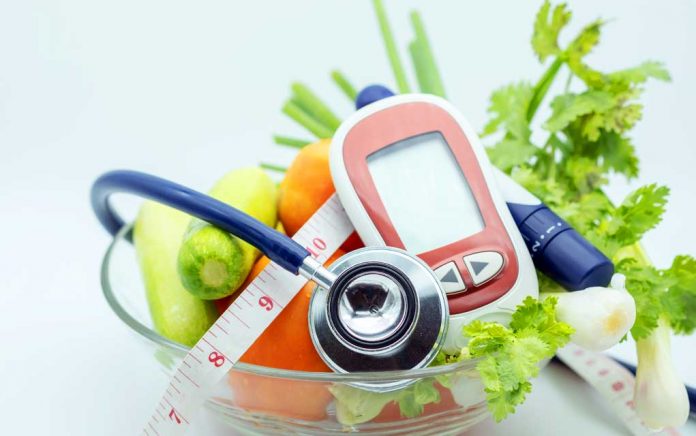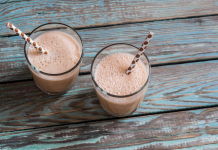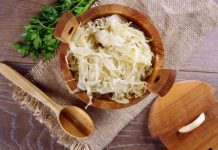
If you’ve been diagnosed with any type of diabetes, you are usually taught to eat a specific diet. The diabetic diet encourages minimizing the blood sugar spikes that occur throughout the day.
But why wait until you have diabetes to follow these rules? Taking preventative measures now will greatly reduce your risk of developing Type 2 diabetes, and eating like a diabetic is a great way to start. Let’s break down the diabetic diet strategies and learn why we should all be eating this way now – instead of waiting until we have to.
Read more about symptoms of diabetes to watch out for
1. Increase Fiber Intake
Diabetics are encouraged to get more fiber into their diets to help with stabilizing blood sugar levels. Fiber is also excellent for optimal digestion and elimination. Fiber is something we all need and few of us are actually getting enough of it. Many people think if they have a bowl of cereal in the morning that they are getting their daily fiber intake. The truth is, getting fiber from a processed cereal grain is not the best source. The best source of fiber is from whole foods: beans, lentils, fruits, vegetables (peels!) and 100 percent whole grains. Top food sources of fiber include turnip greens, mustard greens, collard greens, navy beans, eggplant, raspberries, and cinnamon.
2. Restrict Carbohydrate Intake
Sugar in any form needs to be strictly watched on a diabetic diet, especially if you’re insulin dependent. This is the main cause of a rise in blood sugar levels. The thing is not to eliminate your carbohydrates altogether (as with the case with the popular Atkins diet) but to make better choices. Choose carbohydrates that will gradually raise your blood sugar levels instead of quickly spiking them. Recognizing the bad sources of carbohydrates and replacing them with a healthier option is the key. Here are some tips:
- Replace white flour with brown rice flour, 100 percent whole wheat, spelt flour or chickpea flour.
- Replace white sugar with raw cane sugar, sucanat, coconut crystals, stevia or monkfruit.
- Fruits should be eaten whole on a diabetic diet, unless juiced. When consuming the whole fruit you are also getting the benefit of the fiber as well.
3. Eat Smaller Meals
Eating smaller meals more frequently throughout the day will also help to stabilize blood sugar levels. How much food you are eating and the timing of your meals are almost as important as what it is you are eating.
Read more about blood sugar and mood
The benefits of stabilizing your blood sugar are not only beneficial for diabetics but are a great preventative step in preventing diabetes. Making changes to your diet slowly is the best approach to improving your diet and sticking to it.
[Editor's Note: Now Foods, our partner, recently started making monkfruit liquid which is suitable for a low sugar or diabetic diet.










